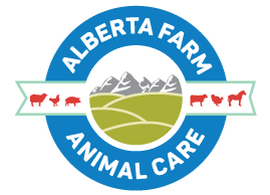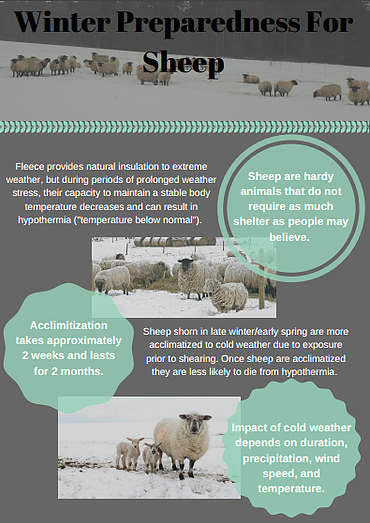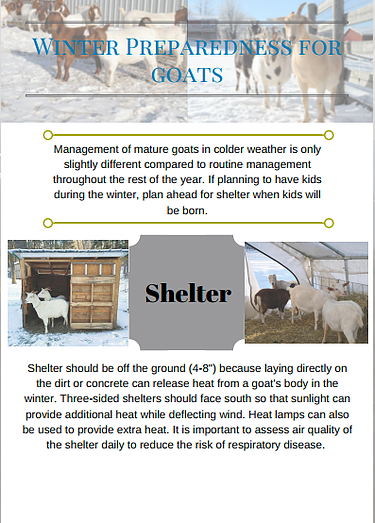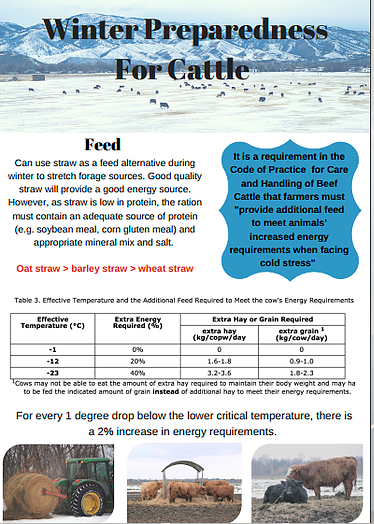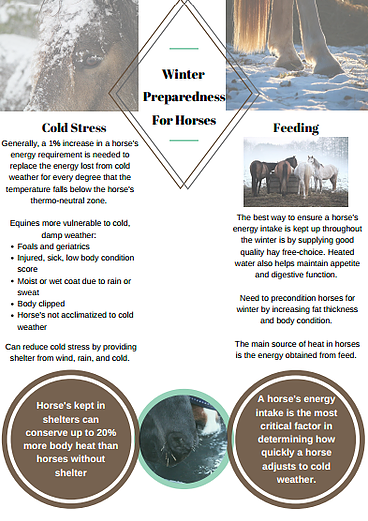Current Issues
Animal care in times of extreme weather conditions can be a challenge. Cattle will have issues with heat stress and also have issues with cold stress. “Typically,” says Ken Ziegler, Beef Forage Specialist with the Ag Info Centre, “we don’t have heat stress very often. The majority of our concern in western Canada pertains to the cold.”
He explains there’s a critical temperature threshold for a cow where her thermal system has to kick in, over and above normal. Generally speaking, minus 20 and colder becomes an issue for the cattle herd. Compounding this are wind concerns. This intensifies the thermal requirements for a cow.
“The bigger the herd, the greater the body mass of cattle that are standing together, whether they’re feeding or resting. If you get a group of 50 – 100 cows in a group, especially if they’re out of the wind, they can warm up their situation and build off each other’s body heat quite nicely. Compare that to just maybe half-a-dozen head – they don’t have that grouping affect. Herd size plays a role in their nutrient requirements,” says Ziegler.
Feeding systems are important in extreme conditions. Ziegler compares the different options. ”We, as an industry have really moved to swath grazing, grazing through the snow and bale grazing. The downside on cold, windy days means cattle have to spend a fair bit of time out there, away from wind protection, in order to consume the feed. Their nutrient requirements typically are higher during those days. Compare that to the conventional way of feeding hay and silage where it’s quite reasonable to feed them out of the wind, behind wind break fences or along the edge of trees. There’s a lot of flexibility when it comes to feeding stored feed. There’s a different set of dynamics.”
Ziegler says bedding is more of a controversial issue. The larger herds will typically not bed – the smaller herds often will. He feels bedding is necessary for the cows lying down, especially for those animals that might not be as strong. He adds that while bedding adds a thermal layer, it has little effect on body temperature for cows that are standing.
Ziegler concludes: “Exposure to colder temperatures means nutrient requirements are higher. To maintain body condition requires a higher quality feed. Typically, barley is a possibility, and of course, this adds expense.”
While cattle producers in particular might rely on snow as a water source, Barry Yaremcio, Alberta Agriculture Beef and Forage Specialist, feels this is the type of winter where producers should be very aware of how their herds are faring. A lot of areas have turned black, then white again. In the northeast of the province there is adequate snow but that’s not the case for many other areas. When considering snow as a water source, Yaremcio says: “I think we’re just about out of luck.”
Work done at the University of Alberta in the 1980’s for cattle using snow as a water source showed that loose, fluffy snow is adequate for pregnant cows. For a lactating or cow with calf at side, it was found there needs to be a water bowl which should not be more than a quarter of a mile away.
“When you’re relying on snow as a water source, always have a Plan B in your back pocket. In case it gets warm and if it Chinooks, or we get a bunch of wind and the snow becomes very hard, the cows can’t eat it. They need water on a regular basis. Two or three days without water are enough to reduce their feed intake and then you’re going to see a whole bunch of problems losing condition. Losing body condition score in turn will reduce milk production and high quality colestrum. Therefore, you’re going to impact the ability of the calf to withstand diseases or infection.”
The University of Alberta research was designed for beef cattle. There are acreage owners and small land owners who might like to use snow as a water source for horses. Yaremcio adds, that to his knowledge there’s no information and no research done that show this is a suitable practice for horses.
There are a number of practical approaches cattle producers should follow when dealing with winter calving. Karin Schmid, Beef Production Specialist with Alberta Beef Producers, feels the most important step is to make sure cows have somewhere sheltered to have their calves. The shelter may be either man-made or natural and will keep the animals out of the wind.
“Bedding is super important. If you have a good bedding pack it can really help keep the calf’s temperature up, and that way they’ll nurse faster and get a lot of colostrum in them and be vigorous when they’re born. You want to make sure that the calves are up and sucking, getting that colostrum into them. You want to make sure that you’re monitoring them closely for any disease,” states Schmid.
Keeping calving areas clean helps mitigate any disease factors. Schmid provides this tip: move cows with older calves into a different area. This will help with cleanliness of the calving area.
Cleanliness and your bottom line go hand-in-hand. Schmid adds, “The better start these calves get, the better they’ll grow throughout their entire life, until weaning or even beyond that. The more you can look after them right after calving, the better start they’ll have.”
